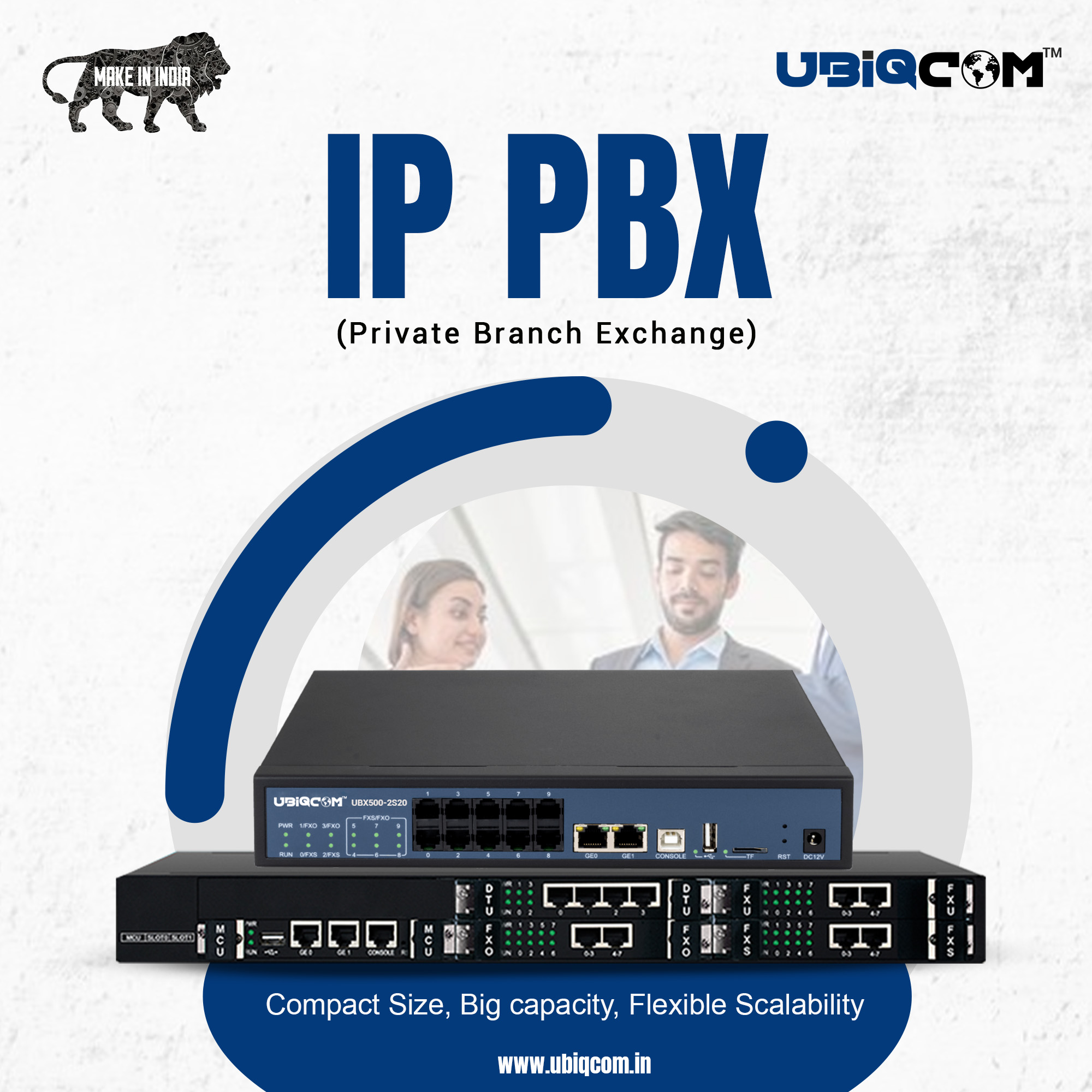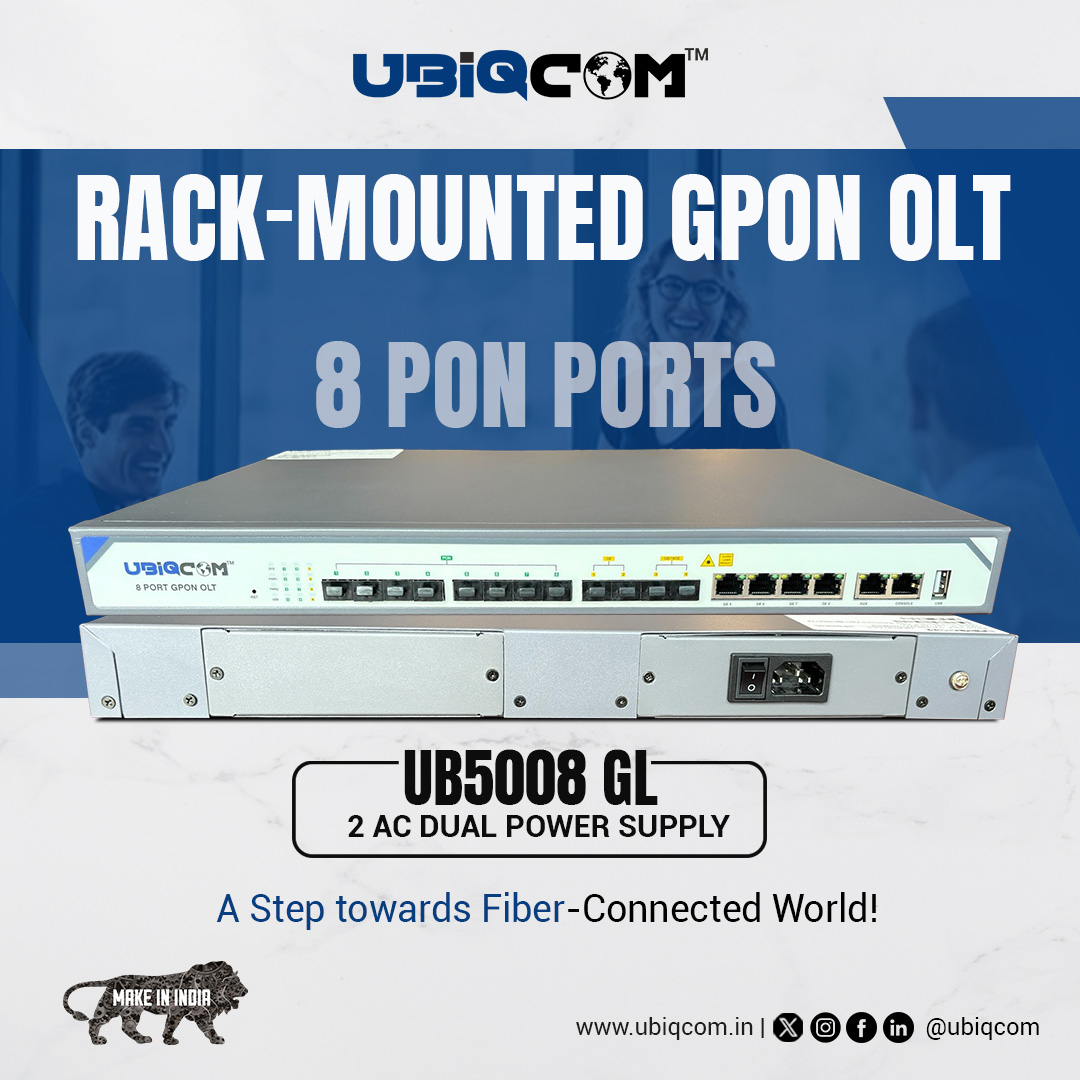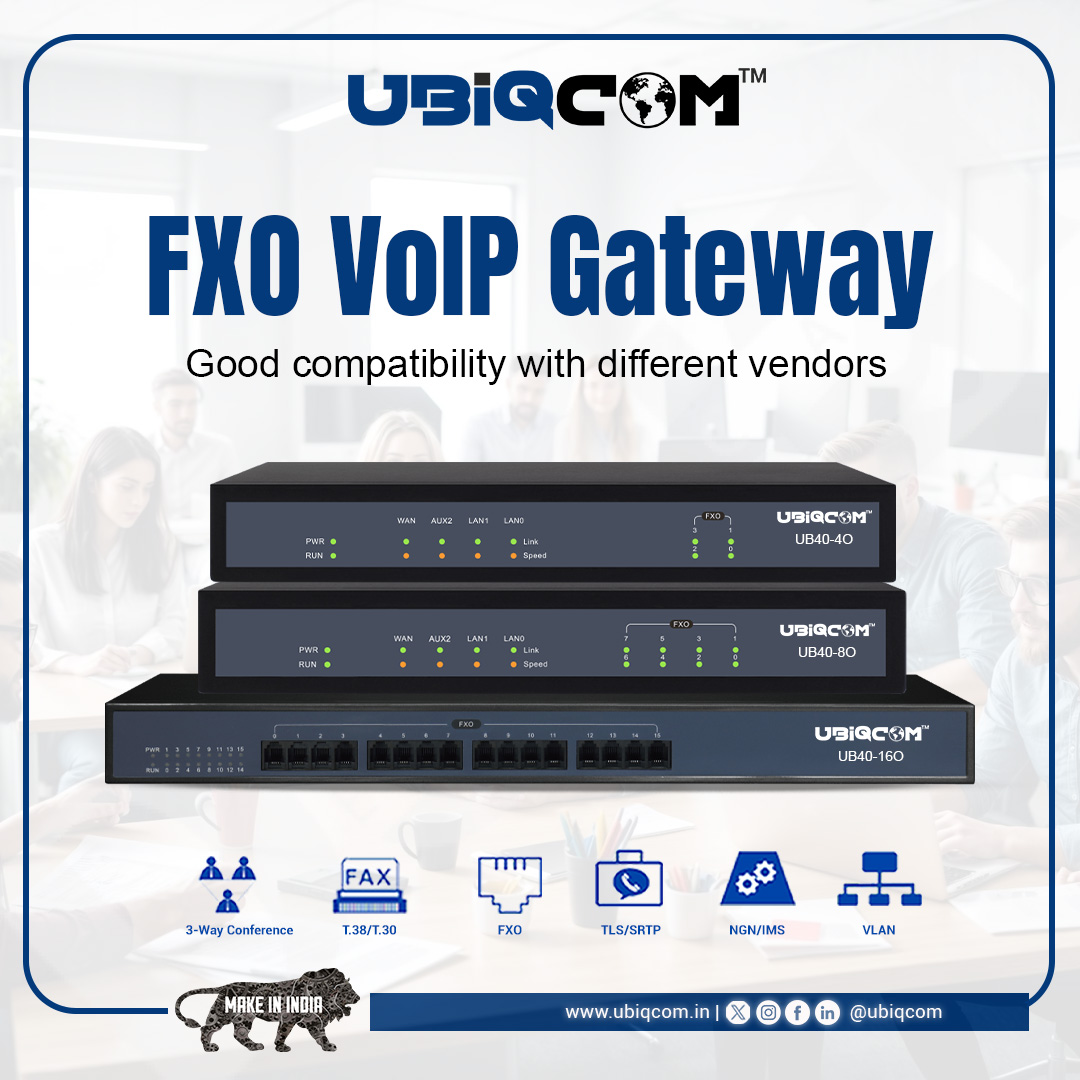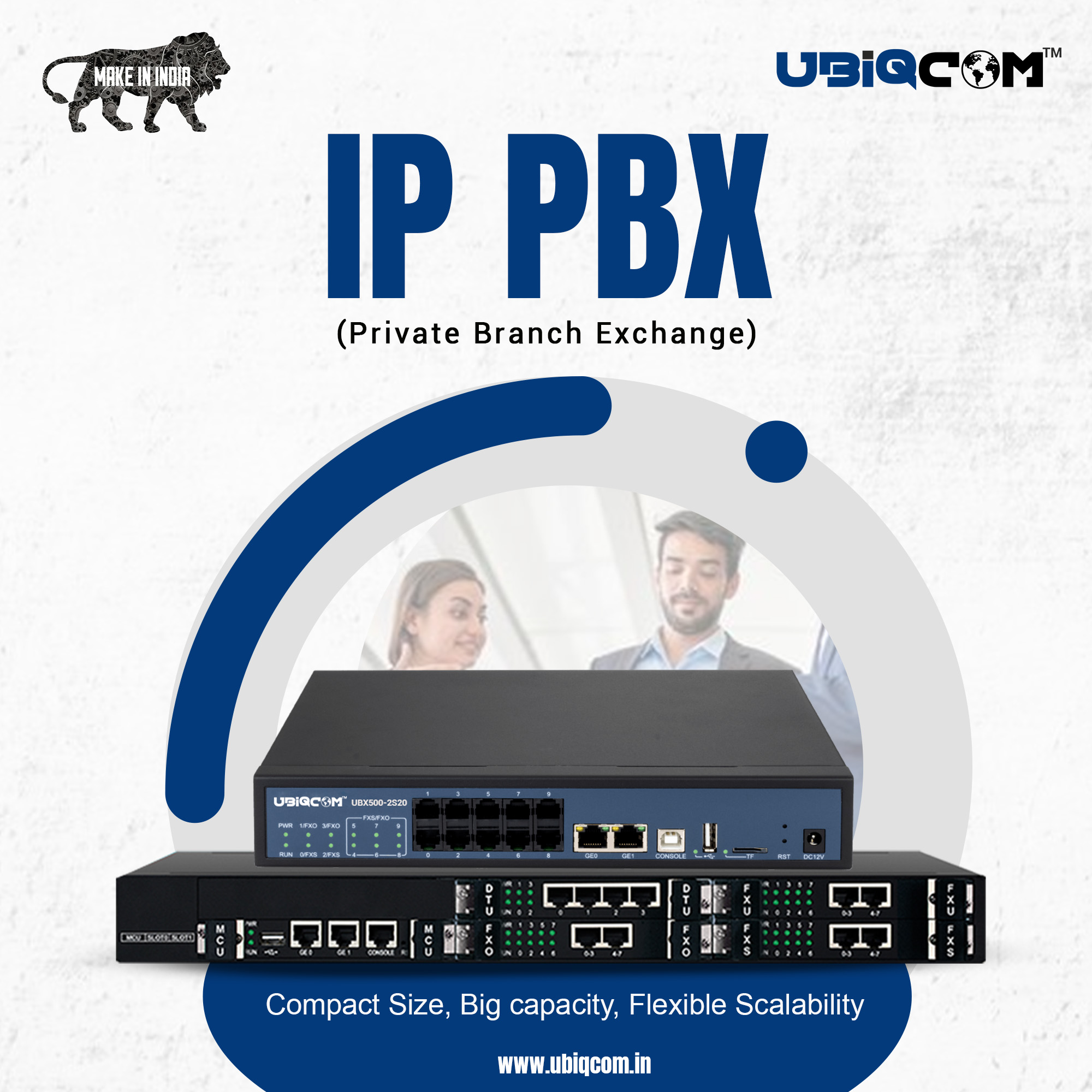What Is an EPON OLT? A Complete Guide for ISPs and Network Providers

Strong 8k brings an ultra-HD IPTV experience to your living room and your pocket.
As the demand for high-speed internet and reliable fiber connectivity continues to rise, network operators are turning to technologies that can deliver efficient, scalable, and cost-effective solutions. One such technology is EPON (Ethernet Passive Optical Network), and at the heart of this system lies the EPON OLT – Optical Line Terminal.
In this blog, we will explore everything you need to know about EPON OLTs, from their role in modern fiber networks to their benefits, architecture, key features, and why ISPs should consider deploying EPON for last-mile connectivity.
What Is an EPON OLT?
An EPON OLT (Optical Line Terminal) is a critical device located at the service provider's central office or data center. It serves as the control hub in an Ethernet Passive Optical Network. The OLT connects the high-speed Ethernet backbone to the Passive Optical Network (PON) and manages the downstream and upstream traffic between the service provider and multiple Optical Network Units (ONUs) or Optical Network Terminals (ONTs) at the customer premises.
In simple terms, the EPON OLT aggregates internet, voice, and video services and distributes them over a shared fiber infrastructure to multiple users using passive splitters. The OLT not only transmits data but also manages bandwidth allocation, authentication, monitoring, and fault detection.
How EPON Technology Works
EPON uses Ethernet protocol over a point-to-multipoint fiber architecture. It operates based on IEEE 802.3ah standards and uses time-division multiplexing (TDM) to deliver symmetrical bandwidth—typically 1.25 Gbps downstream and upstream.
The core components of an EPON network include:
- OLT (Optical Line Terminal): Sends data to and receives data from ONUs.
- Optical Splitter: A passive device that splits the optical signal from the OLT to serve multiple ONUs.
- ONU/ONT (Optical Network Unit/Terminal): Installed at the customer’s location to receive and transmit signals.
The OLT schedules upstream traffic from ONUs to avoid collisions, while downstream data is broadcasted to all ONUs, which then extract the data meant specifically for them.
Key Features of an EPON OLT
- High Bandwidth Support: EPON OLTs typically support 1.25 Gbps symmetrical speeds, sufficient for most residential and enterprise needs. Newer versions like 10G-EPON support even higher speeds.
- Scalability: A single EPON OLT can support thousands of subscribers using splitters, making it ideal for growing networks.
- Cost-Efficiency: EPON networks use passive components (like splitters), reducing the cost of active network equipment and power requirements.
- Ethernet-Based: EPON uses standard Ethernet protocols, making integration with IP-based services seamless.
- Distance Coverage: EPON OLTs can serve users located up to 20 kilometers away without requiring active repeaters.
- QoS and Traffic Management: Built-in support for QoS ensures smooth delivery of bandwidth-sensitive applications like VoIP and IPTV.
- Easy Management: Most EPON OLTs come with SNMP, CLI, and web-based management interfaces.
Advantages of Using EPON OLTs
1. Simplified Network Infrastructure
EPON simplifies the network layout by replacing multiple active switching devices with a single OLT and passive optical splitters. This results in fewer points of failure and lower maintenance needs.
2. Low Total Cost of Ownership (TCO)
Due to its passive architecture and Ethernet foundation, deploying EPON can be significantly more affordable than traditional copper or active fiber networks. No need for powering ONUs or splitters in the field lowers operational expenses.
3. Highly Reliable and Secure
With fewer active components and point-to-multipoint architecture, EPON provides high availability and reduced downtime. Additionally, EPON supports encryption for secure data transmission.
4. Future-Ready Infrastructure
EPON is highly scalable. You can start with a limited number of users and expand as demand grows. OLTs with multiple PON ports allow easy upgrades without major changes to the backbone.
Applications of EPON OLT
EPON OLTs are widely used across various sectors due to their versatility:
- Internet Service Providers (ISPs): Deliver high-speed internet to homes and businesses.
- Telecom Operators: Offer voice, video, and data services over a unified fiber infrastructure.
- Campus and Educational Institutions: Connect multiple buildings with secure, high-bandwidth links.
- Smart Cities: Support backbone networks for surveillance, traffic control, and IoT applications.
- MDUs (Multi-Dwelling Units): Provide fiber internet to apartments, gated communities, and office complexes.
Choosing the Right EPON OLT for Your Network
When selecting an EPON OLT, consider the following factors:
- Number of PON Ports: More ports mean more ONUs supported. A 4-port OLT can serve over 256 users (assuming a 1:64 split ratio).
- Backhaul Connectivity: Look for Gigabit or 10 Gigabit uplink ports to support core networks.
- Power Redundancy: For high availability, choose OLTs with dual power supplies.
- Management Features: Web GUI, CLI, and SNMP support improve control and diagnostics.
- Rack Mount vs Desktop: Depending on your deployment environment, choose appropriately sized hardware.
Typical Specifications of an EPON OLT
Here’s what you might expect from a standard 4-port EPON OLT:
- EPON Ports: 4x SC/UPC or SC/APC
- Subscriber Capacity: Up to 256 ONUs (1:64 split)
- Uplink Ports: 4x GE + 2x 10GE SFP slots
- Management: CLI, SNMP, Web
- Dimensions: 1U Rackmount
- Power Supply: AC/DC or Dual Redundant
- Distance Coverage: Up to 20km per PON port
These specs make it a flexible solution for small to medium-scale ISPs and enterprises.
Why ISPs Should Invest in EPON OLTs
As internet consumption patterns evolve with streaming, remote work, cloud computing, and IoT, ISPs must build robust infrastructure to keep pace. EPON OLTs offer:
- High density, low cost per subscriber
- Seamless integration with existing Ethernet networks
- Energy-efficient and eco-friendly architecture
- Future scalability without heavy reinvestment
With the rise of fiber-to-the-home (FTTH) and fiber-to-the-building (FTTB), EPON remains one of the most strategic investments for network providers aiming to balance performance and cost.
Conclusion
EPON OLTs are at the core of modern fiber networks, offering ISPs a reliable, cost-effective, and scalable solution for delivering high-speed internet and digital services. From small communities to expansive urban deployments, EPON technology provides the efficiency and flexibility required to meet current and future connectivity needs.As the demand for high-speed internet and reliable fiber connectivity continues to rise, network operators are turning to technologies that can deliver efficient, scalable, and cost-effective solutions. One such technology is EPON (Ethernet Passive Optical Network), and at the heart of this system lies the EPON OLT – Optical Line Terminal.
In this blog, we will explore everything you need to know about EPON OLTs, from their role in modern fiber networks to their benefits, architecture, key features, and why ISPs should consider deploying EPON for last-mile connectivity.
What Is an EPON OLT?
An EPON OLT (Optical Line Terminal) is a critical device located at the service provider's central office or data center. It serves as the control hub in an Ethernet Passive Optical Network. The OLT connects the high-speed Ethernet backbone to the Passive Optical Network (PON) and manages the downstream and upstream traffic between the service provider and multiple Optical Network Units (ONUs) or Optical Network Terminals (ONTs) at the customer premises.
In simple terms, the EPON OLT aggregates internet, voice, and video services and distributes them over a shared fiber infrastructure to multiple users using passive splitters. The OLT not only transmits data but also manages bandwidth allocation, authentication, monitoring, and fault detection.
How EPON Technology Works
EPON uses Ethernet protocol over a point-to-multipoint fiber architecture. It operates based on IEEE 802.3ah standards and uses time-division multiplexing (TDM) to deliver symmetrical bandwidth—typically 1.25 Gbps downstream and upstream.
The core components of an EPON network include:
OLT (Optical Line Terminal): Sends data to and receives data from ONUs.
Optical Splitter: A passive device that splits the optical signal from the OLT to serve multiple ONUs.
ONU/ONT (Optical Network Unit/Terminal): Installed at the customer’s location to receive and transmit signals.
The OLT schedules upstream traffic from ONUs to avoid collisions, while downstream data is broadcasted to all ONUs, which then extract the data meant specifically for them.
Key Features of an EPON OLT
High Bandwidth Support: EPON OLTs typically support 1.25 Gbps symmetrical speeds, sufficient for most residential and enterprise needs. Newer versions like 10G-EPON support even higher speeds.
Scalability: A single EPON OLT can support thousands of subscribers using splitters, making it ideal for growing networks.
Cost-Efficiency: EPON networks use passive components (like splitters), reducing the cost of active network equipment and power requirements.
Ethernet-Based: EPON uses standard Ethernet protocols, making integration with IP-based services seamless.
Distance Coverage: EPON OLTs can serve users located up to 20 kilometers away without requiring active repeaters.
QoS and Traffic Management: Built-in support for QoS ensures smooth delivery of bandwidth-sensitive applications like VoIP and IPTV.
Easy Management: Most EPON OLTs come with SNMP, CLI, and web-based management interfaces.
Advantages of Using EPON OLTs
1. Simplified Network Infrastructure
EPON simplifies the network layout by replacing multiple active switching devices with a single OLT and passive optical splitters. This results in fewer points of failure and lower maintenance needs.
2. Low Total Cost of Ownership (TCO)
Due to its passive architecture and Ethernet foundation, deploying EPON can be significantly more affordable than traditional copper or active fiber networks. No need for powering ONUs or splitters in the field lowers operational expenses.
3. Highly Reliable and Secure
With fewer active components and point-to-multipoint architecture, EPON provides high availability and reduced downtime. Additionally, EPON supports encryption for secure data transmission.
4. Future-Ready Infrastructure
EPON is highly scalable. You can start with a limited number of users and expand as demand grows. OLTs with multiple PON ports allow easy upgrades without major changes to the backbone.
Applications of EPON OLT
EPON OLTs are widely used across various sectors due to their versatility:
Internet Service Providers (ISPs): Deliver high-speed internet to homes and businesses.
Telecom Operators: Offer voice, video, and data services over a unified fiber infrastructure.
Campus and Educational Institutions: Connect multiple buildings with secure, high-bandwidth links.
Smart Cities: Support backbone networks for surveillance, traffic control, and IoT applications.
MDUs (Multi-Dwelling Units): Provide fiber internet to apartments, gated communities, and office complexes.
EPON vs GPON – What’s the Difference?
One of the most common comparisons in fiber networking is between EPON (Ethernet PON) and GPON (Gigabit PON). Here’s a brief comparison:
Feature EPON GPON
Standard IEEE 802.3ah ITU-T G.984
Protocol Ethernet ATM and Ethernet
Downstream Speed 1.25 Gbps 2.5 Gbps
Upstream Speed 1.25 Gbps 1.25 Gbps
Efficiency Higher due to pure Ethernet Slightly lower due to overhead
Cost Lower Higher
Best Use Case Metro and enterprise networks Triple-play services for residential
For ISPs who are already working in Ethernet-based environments, EPON offers a smoother and more cost-effective transition into fiber.
Choosing the Right EPON OLT for Your Network
When selecting an EPON OLT, consider the following factors:
Number of PON Ports: More ports mean more ONUs supported. A 4-port OLT can serve over 256 users (assuming a 1:64 split ratio).
Backhaul Connectivity: Look for Gigabit or 10 Gigabit uplink ports to support core networks.
Power Redundancy: For high availability, choose OLTs with dual power supplies.
Management Features: Web GUI, CLI, and SNMP support improve control and diagnostics.
Rack Mount vs Desktop: Depending on your deployment environment, choose appropriately sized hardware.
Typical Specifications of an EPON OLT
Here’s what you might expect from a standard 4-port EPON OLT:
EPON Ports: 4x SC/UPC or SC/APC
Subscriber Capacity: Up to 256 ONUs (1:64 split)
Uplink Ports: 4x GE + 2x 10GE SFP slots
Management: CLI, SNMP, Web
Dimensions: 1U Rackmount
Power Supply: AC/DC or Dual Redundant
Distance Coverage: Up to 20km per PON port
These specs make it a flexible solution for small to medium-scale ISPs and enterprises.
Why ISPs Should Invest in EPON OLTs
As internet consumption patterns evolve with streaming, remote work, cloud computing, and IoT, ISPs must build robust infrastructure to keep pace. EPON OLTs offer:
High density, low cost per subscriber
Seamless integration with existing Ethernet networks
Energy-efficient and eco-friendly architecture
Future scalability without heavy reinvestment
With the rise of fiber-to-the-home (FTTH) and fiber-to-the-building (FTTB), EPON remains one of the most strategic investments for network providers aiming to balance performance and cost.
Conclusion
EPON OLTs are at the core of modern fiber networks, offering ISPs a reliable, cost-effective, and scalable solution for delivering high-speed internet and digital services. From small communities to expansive urban deployments, EPON technology provides the efficiency and flexibility required to meet current and future connectivity needs.
Note: IndiBlogHub features both user-submitted and editorial content. We do not verify third-party contributions. Read our Disclaimer and Privacy Policyfor details.







